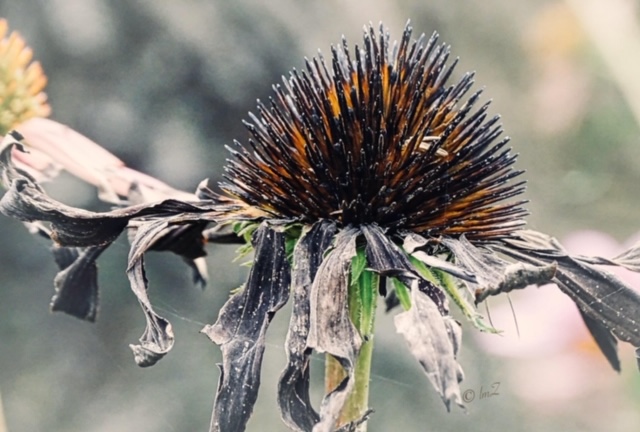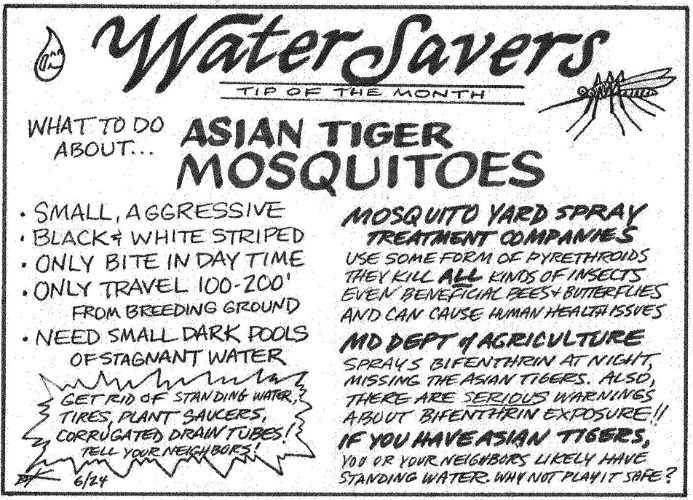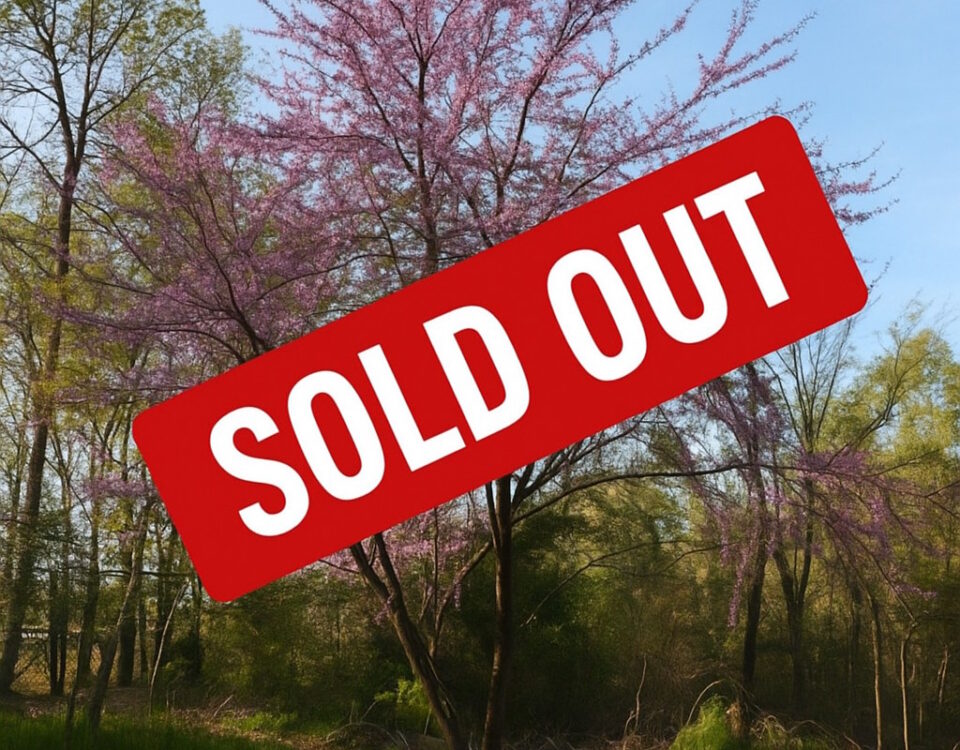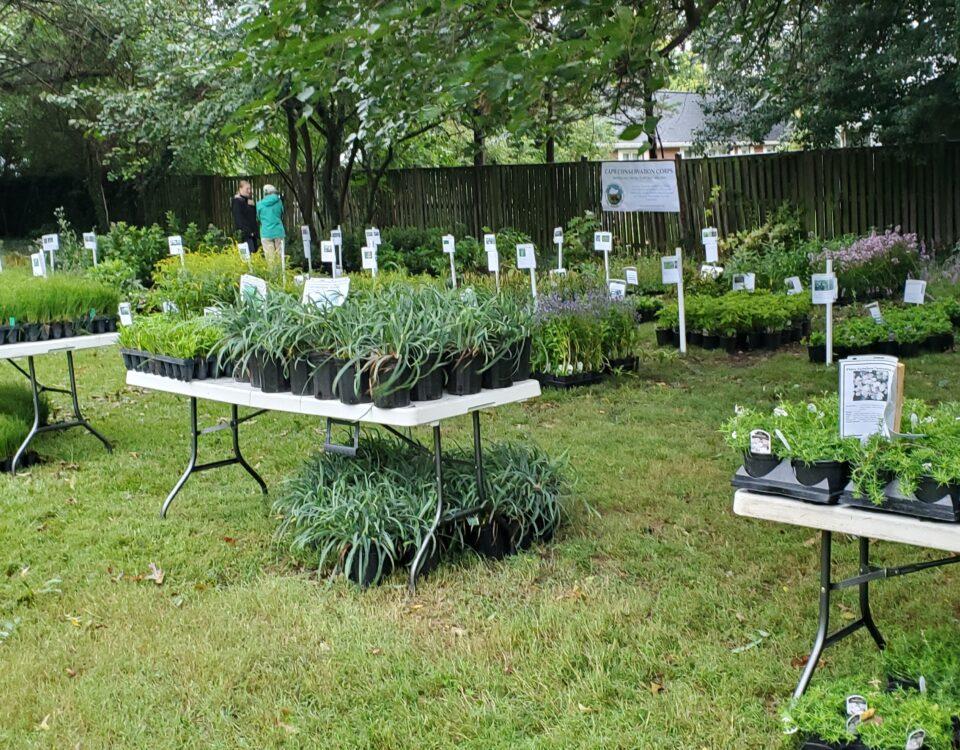
Habitat Hero – September 2021
September 20, 2021Cape Conservation Corps 2021 Re-Cap
November 23, 2021By: Stacey Wildberger
By now it is early November and many of you have already completed your ‘fall chores”, raking, cutting back the spent flowers and tidying up the yard. But if you have not done all of the cleaning up, I ask you stop and consider leaving things a little “messy”. There is value in the chaos! Life depends on those fallen leaves and spent flower heads and stalks. What is the messy good for?
Let’s start with the leaves. The leaves provide a cozy place for insects, spiders, and frogs to hibernate in. If you rake or blow those leaves around and bag them up, you are getting rid of all the life hidden in there. Next year’s butterflies and moths could be overwintering in their chrysalis or, as the Question mark and Comma butterflies in their butterfly form, in that leaf litter. And if you bag them for yard waste you won’t have many colorful butterflies to delight you next summer. If you don’t leave the leaves you won’t find birds like the Flicker looking there for tasty treats.
Those colorful flowers that once hosted butterflies, bees and other pollinators during the warm summer months now have become dried, brown and not as attractive to the human eye. But we must remember that it not all about human wants and needs. Those brown seed heads now can feed overwintering and migrating birds to nourish them throughout the cold winter when food sources are scarce. By cutting down the seed heads, you are taking away important bird food—and it’s free! The stalks of the spent flowers are also places for many insects to overwinter before emerging next spring as beneficial bugs to your garden. Leaving those stalks standing will also protect them in the cold of winter by gathering snow to insulate the roots and add moisture to the soil.
The final reason to cut back on the cleanup is purely from an aesthetic point of view. One of my favorite quotes from author and blogger Benjamin Vogt is “…that a winter garden is a feast for the senses”. Looking out into the winter landscape there is so much beauty to behold. The way the snow clings to the umbels of Boneset, the thin spikes of a Liatris or the pods of a Baptisia. Maybe look out to see a Goldfinch in his muted winter suit perched on the seed head of an Echinacea.
Allow yourself to walk the garden or your landscape in the dead of winter and take into account all the beauty around you. Learn to appreciate brown as a color, the resiliency of this landscape, and enjoy the new found beauty of a winter landscape.
This hands-off approach to fall clean-up will support a biodiverse, ecologically friendly landscape that supports many types of wildlife in your own backyard while freeing up your time to appreciate the nature in our own hometown habitats.





